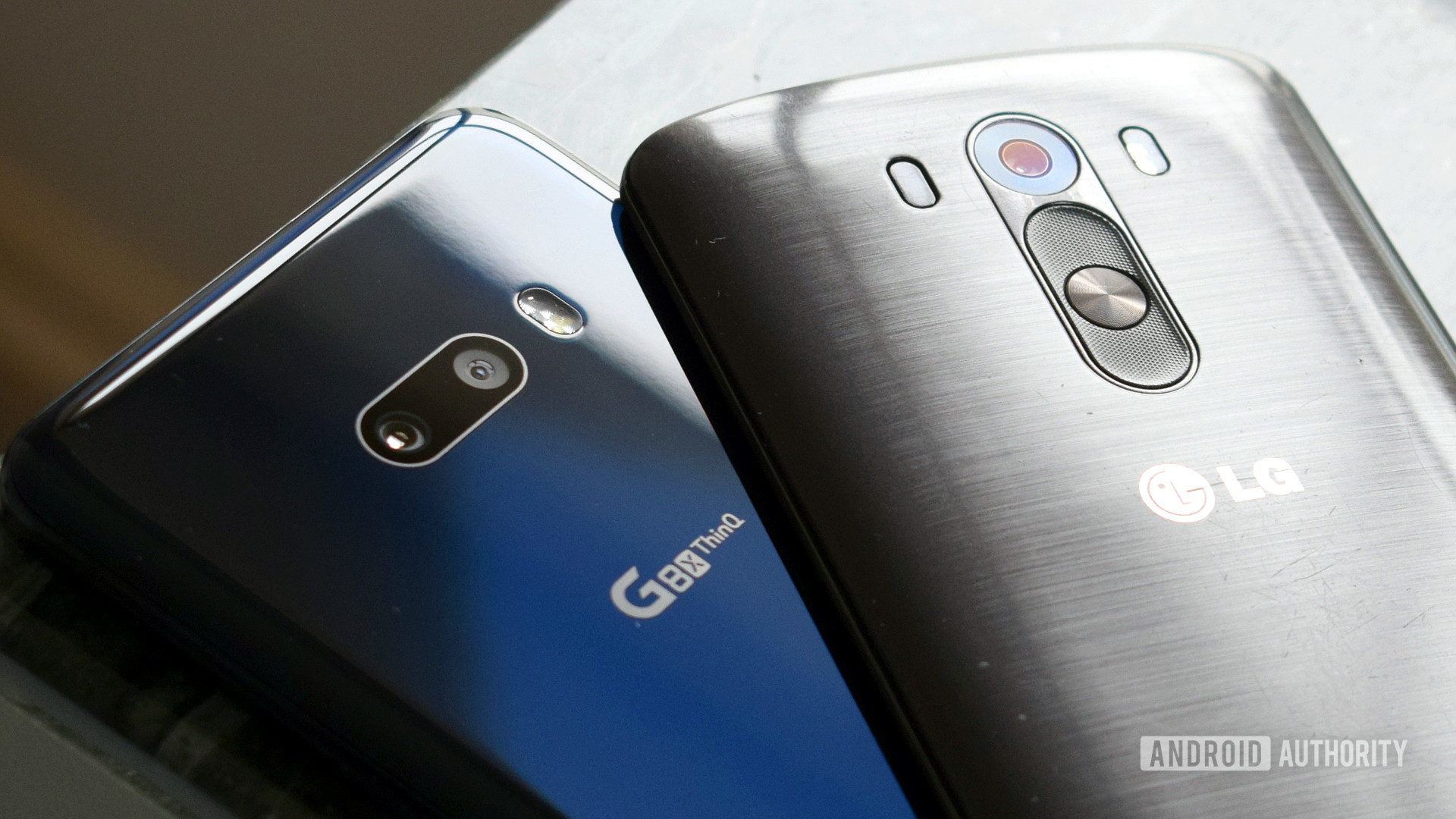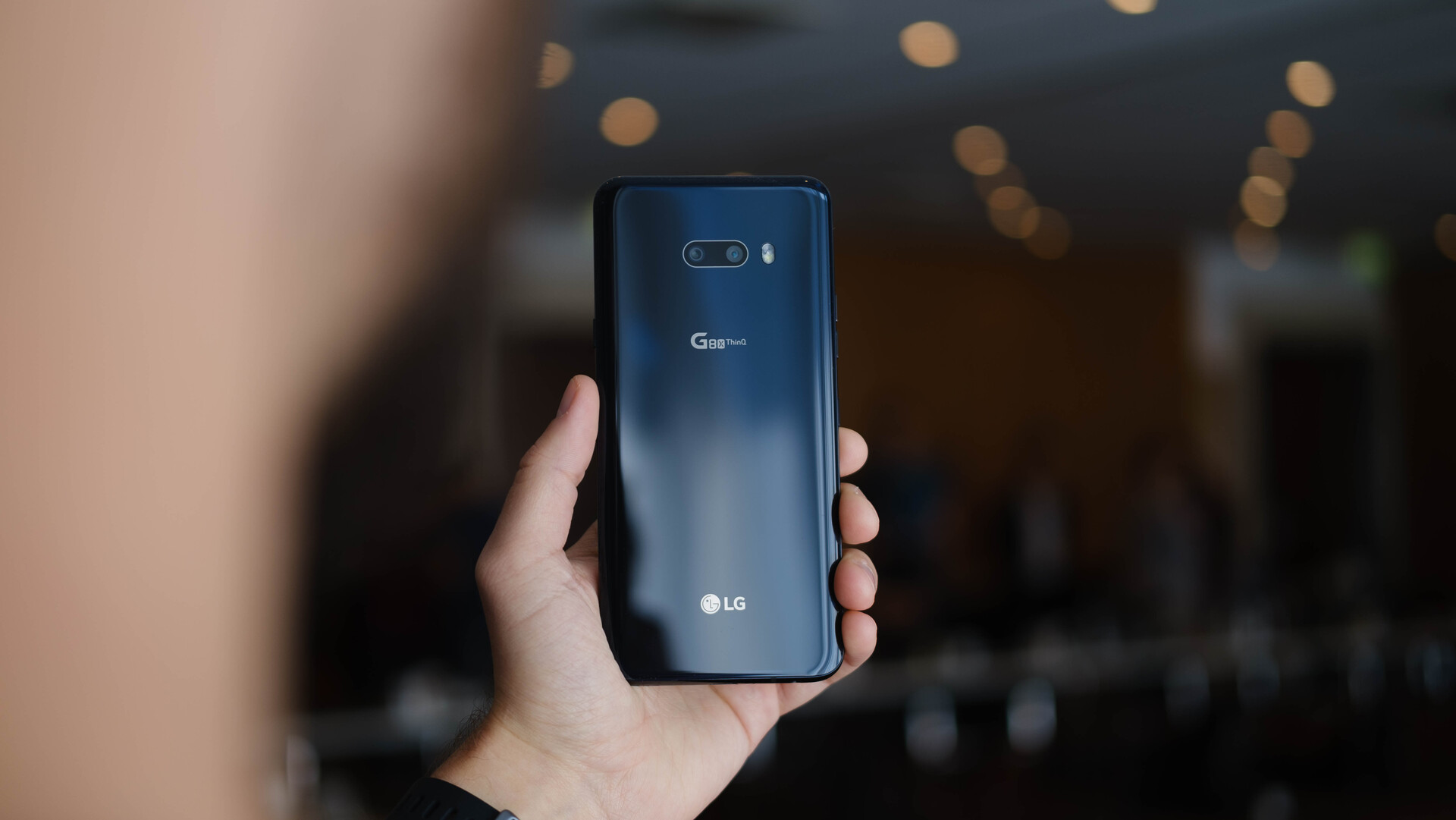
As we noted in our LG G8X ThinQ review, LG's new phone is a bit of a steal at just $699. It packs in all the key high-end hardware you'd expect and is yearning for attention with an affordable take on the dual-screen formula. It's good, but not without its flaws. On the one hand, the phone looks like another dubious attempt to force innovation — I still have nightmares about the G5. On the other, the phone is wonderfully understated and shows moments of LG back at its best.
For the record, I'm an old-school LG fan. It was still the bright-eyed early years of my tech journalism career when the LG G2 made waves and I finally relinquished my G3 only after the SIM tray gave out from swapping back and forth between devices over many years.
In my opinion, the LG G2 and G3 still stand out as the highlights of LG's smartphone portfolio. The brand never quite made that dent in Samsung's armor, but you felt they were closing in on the right formula until the G4's notorious issues. That's probably a bit depressing from LG's perspective, but the LG G8X definitely deserves to turn a few heads.
The makings of a great LG phone

If you've never used a classic LG phone, it's probably not immediately obvious why these phones had their fans. For me, a great LG phone boils down to two key things: getting the essentials right and improving the experience with smart design choices — not forgetting they're usually pretty good value for money, too.
Knock Code, QSlide, and the rear volume rocker were all great little tweaks that made an LG phone an LG phone. The company had its share of headline-grabbing industry firsts too, including the first Quad HD display, laser autofocus camera system, leather backs, and breaking through the 3,000mAh battery capacity barrier. In its prime, LG often felt like it was ahead of the hardware curve.
Great LG phones nail the fundamentals and offer unique, useful twists.
Anyway, enough reminiscing. What about the LG G8X?
Well, it certainly has a headline-grabbing feature — the dual-screen display — although I wouldn't call it a necessary step forward like some of the company's previous headline features. The dual-screen is surprisingly useful in some situations, particularly when juggling emails and documents. Using the second screen for a gamepad is also particularly nifty if you're a fan of gaming and emulators. It's far superior to using on-screen controls and is more discreet than carrying around a controller.
Unfortunately, it's not a perfect solution, which feels all too familiar for LG software veterans. The Dual Screen feature only works on a small selection of apps. This isn't a huge loss with the bezel in the middle, but it feels like QSlide all over again. There are other little niggles like not always being able to swap displays over and no solutions for handy things like opening a Chrome tab on the other window. Overall, I'd give it a B+.
Outside the dual-display however, the LG G8X is pretty much everything we've come to expect from a modern LG phone. Performance is top-notch, the camera is very capable (although not quite at the very top of the pack), and LG's UI is about as simplified as it gets besides stock Android. You'll still find little LG touches like Floating Bar and KnockOn, but the former is disabled by default. Overall, the G8X doesn't stand out as a particularly unique phone without that dual-screen.
The LG G8X isn't quite a revival

The LG G8X ThinQ's Dual-Screen gamepad feature is a nifty emulator companion.
I think this has been my problem with LG's phones since the G6 — they're a little plain. Competent, yes, but otherwise quite forgetful.
Instead of unique in-house tricks, there are familiar technologies LG has perfected over the years, such as the wide-angle camera and audiophile-grade headphone DAC. The G8X revolves around the Google ecosystem too, with a dedicated Assistant button and Google Feed attached to the left of the home screen. There's no funky volume rocker, Knock Code, or other weird and wonderful software tweaks. It's all very "Google's Android" rather than "LG's Android." Make of that what you will.
LG has dispensed with the risks and therefore some of the fun of its previous years. Perhaps the LG G5 taught the company the dangers of pushing the boat too far. However, it feels harsh now criticizing LG again for failing to be bold, as this is a dual-screen phone we're talking about. Overall, the G8X finds that middle ground where novel ideas mix with practical products, even if the phone itself feels very familiar.
The G8X is much closer to Google's vision for Android than the early generations.
I suppose an old fan like me needs to face the fact that LG is a different company four or five generations down the line. In that time, I've been wondering if I could ever recommend an LG phone again and, surprisingly, the drought is over with the G8X, although not for the reasons I'd envisioned. The G8X isn't a bleeding-edge uniquely LG handset, but it is a very competent smartphone.
The LG G8X ThinQ is excellent value and, even without the dual-screen wow factor, I don't see how anyone could regret owning one. In a market full of over-engineered $1,200 smartphones, the G8X focuses on the core experience and delivers at a fraction of the cost. In that sense, the G8X is a proper old-school LG flagship — it does everything you need with a novel twist of its own.
from Android Authority https://ift.tt/2JI95v4
via IFTTT
Aucun commentaire:
Enregistrer un commentaire